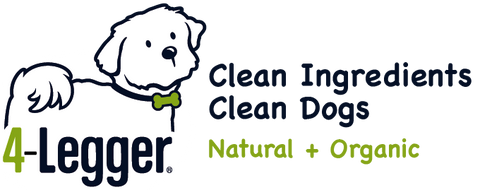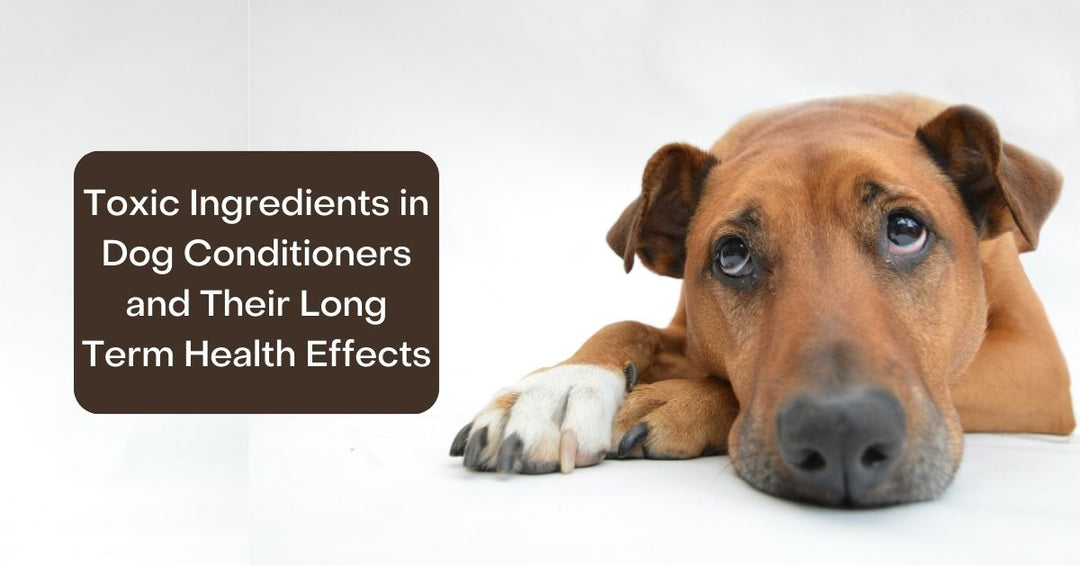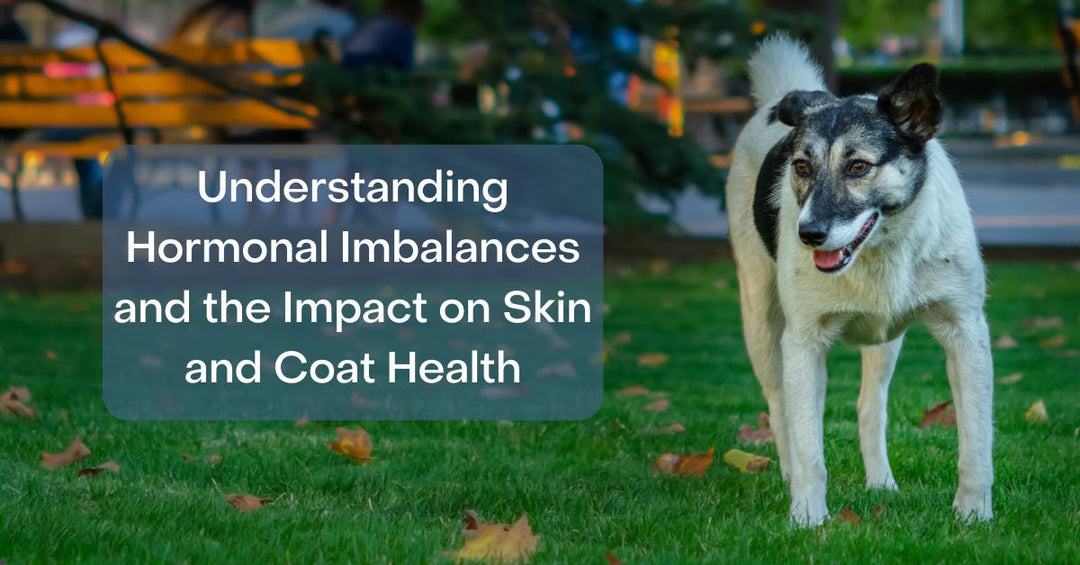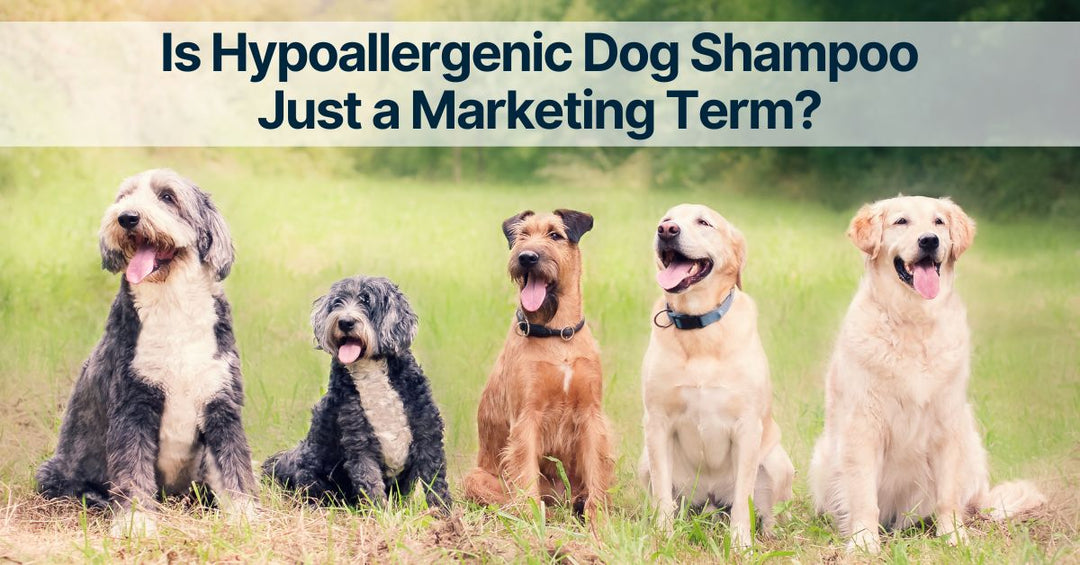Does Your Dog's Shampoo Contain Ethanolamines?
Ethanolamines are used in dog shampoo as emulsifiers which help keep the product ingredients mixed up. They are also used to bind artificial fragrance to the rest of the ingredients, and help to adjust the pH.
When ethanolamines are used in the same product as certain preservatives that break down into nitrogen, they can form nitrosamines which are absorbed through the skin. Nitrosamines are known carcinogens.
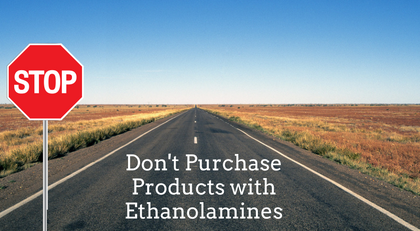 Canada and the European Commission prohibits diethanolamine (DEA) in cosmetics due to the risk of the formation of nitrosamines.
Canada and the European Commission prohibits diethanolamine (DEA) in cosmetics due to the risk of the formation of nitrosamines.
If you think ethanolamines aren't a big deal, think again. We have found many top selling dog shampoos on the market with the perfect combination of ingredients and pH to allow nitrosamines to form.
With no regulations to stop them, these manufacturers have no requirements to develop truly safe and non-toxic products. Compelling marketing materials tout these products as being environmentally friendly, natural, and safe - tricking consumers into purchasing their products.
The few organic ingredients in their formulation are surrounded by ethanolamines that pose significant risks to dogs and their humans. The only safeguard you have is to boycott these ingredients.
While we haven't listed all of them, these are the most commonly used in dog shampoo.
Do you see any of the following ingredients listed?
- Monoethanolamine (MEA)
- Diethanolamine (DEA)
- Triethanolamine (TEA)
- Cocomide MEA
- Cocamide DEA
- DEA-Cetyl Phosphate
- DEA Oleth-3 Phosphate
- Lauramide DEA
- Linoleamide MEA
- Myristamide DEA
- Oleamide DEA
- Stearamide MEA
- TEA-Lauryl Sulfate
If any of the above ingredients are listed, you want to stay away from that dog shampoo.
Don't see any of these ingredients? Great - click the button to continue!
I don't see any of the common ethanolamines!